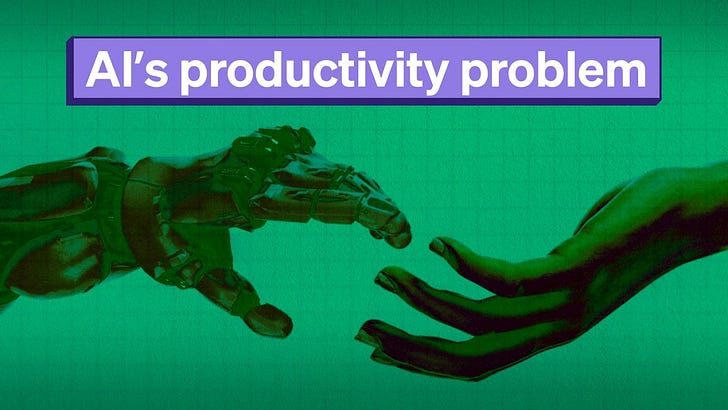As we wrap up the year, I’m speaking with some of my peers to understand what they expect of AI in 2025.
My conversations with SemiAnalysis’ Dylan Patel, Ethan Mollick and Nathan Benaich are out. They cover all you need to know across AI hardware, software, consumer uptake and economics to set your expectations for 2025.
Some of the predictions we heard so far include:
As AI coding assistants continue to reduce the cost of software development, some companies could be looking at 20–30% staff reductions in these technical teams as high-level coding becomes automated.
We could see record-breaking fundraising rounds north of $10 billion for private AI ventures funded by sovereign wealth funds and other capital pools that have barely scratched the surface.
We may see some early-phase clinical trial successes that can credibly claim significant AI contribution in molecular discovery.
Agents will be as big of a deal as expected.
Voice + vision + long context window will be transformative for AI as a companion.
With that, here’s the final conversation in 2024, with my friend Kai-Fu Lee. Kai-Fu is a storied AI researcher, investor, inventor and entrepreneur based in Taiwan. As one of the leading AI experts based in Asia, I wanted to get his take on this particular market.
1. Global diffusion of genAI
Kai-Fu noted that unlike the singular “ChatGPT moment” that stunned Western audiences, the Chinese market encountered generative AI in a more “incremental and distributed” fashion. He pointed out that the fervor wasn’t as intense because, by the time models became more accessible, there was already a variety of competing systems available, often at no cost.
2. China’s enterprise approach: “Service-as-Software”
A particularly fascinating shift is how Chinese enterprises are adopting generative AI. Without the entrenched SaaS layers common in the US, Chinese companies are “rolling their own” solutions. This deep integration might be tougher and messier, but it encourages thorough, domain-specific implementations. Kai-Fu gave the example of a large Chinese patent firm he’s collaborating with in a joint effort to integrate LLMs into core workflows, tied to meaningful revenue-share or equity outcomes. This “service-as-software” approach—inverting the familiar SaaS model—fosters a kind of creative, integrated experimentation. Startups and enterprises co-develop solutions that could then be packaged and sold more broadly.









